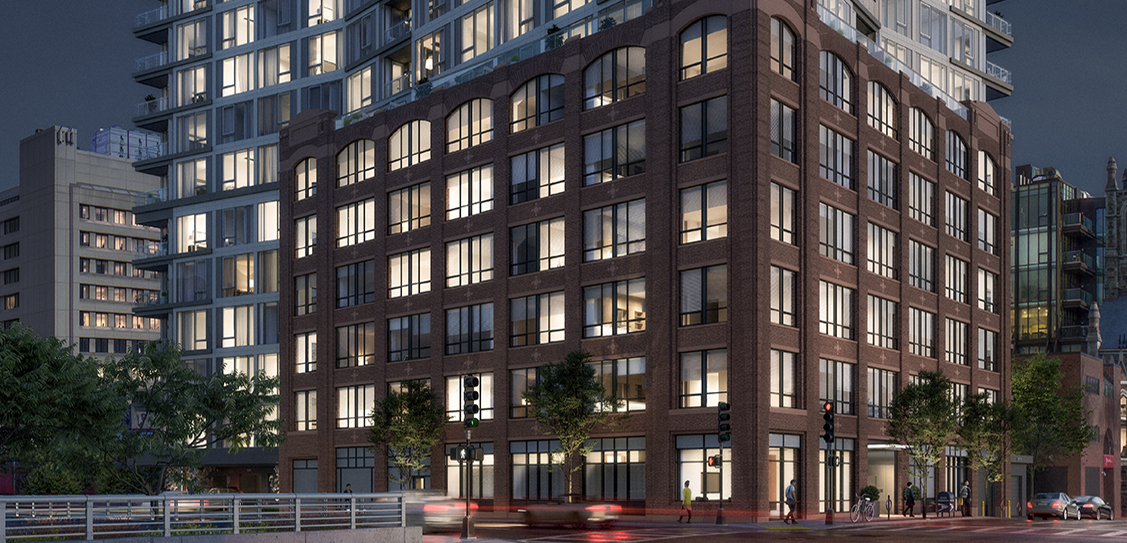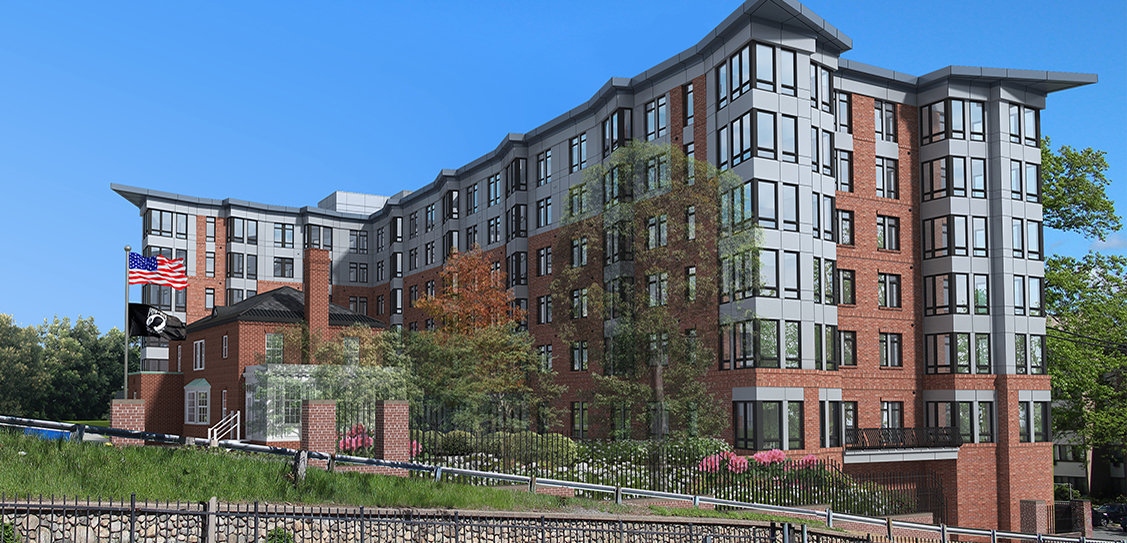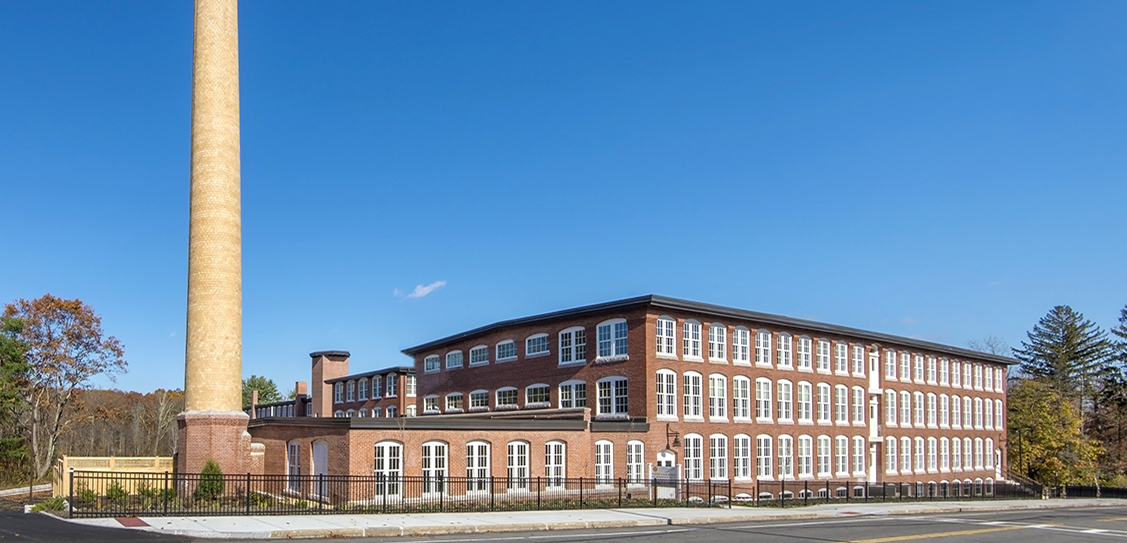According to The Architectural Team's (TAT) experts, these five stories will play out through 2020 and will endure through the decade.
As we enter the new decade, our designers and clients alike see a growing emphasis on projects intended to keep neighbourhoods affordable, and an interest in both time-tested and new design solutions to address housing shortages. We also anticipate important milestones for major projects transforming urban cores, a renewed resurgence in smaller cities, and foward-thinking approaches to resilient waterfront developments.
R. Verrier, FAIA, NCARB, Principal, TATIn growing cities nationwide, the displacement of longtime residents has emerged as a major concern.
To keep neighborhoods affordable and accessible we’re working with developers, non-profits, and public officials to expand or redevelop existing affordable and workforce housing developments, adding more residential units while preserving affordability and dramatically enhancing livability.
As an example, Jay Szymanski, AIA, NCARB, LEED AP points to TAT's redevelopment of one of the country's oldest public housing communities, South Boston's The Anne M. Lynch Homes at Old Colony. Work is now underway to add a further 301 apartments to the 285 residences built since 2011, which replaced midcentury superblocks with a series of attractive mid-rise buildings and townhomes. In nearby Roxbury, the firm’s redevelopment of the 1950’s-era Whittier Street Apartments created a new amenity rich, mixed-income, transit-oriented multifamily campus with 210 affordable units out of 386 total, and an emphasis on outdoor community space.
Other soon-to-open projects will serve specific populations that often struggle to find housing and support. TAT’s 102 unit Residences at Brighton Marine, for instance, is leasing with a dedicated focus on veterans and their families, and offers 86 affordable homes including a number of apartments set aside for formerly homeless veterans.
Faced with a persistent shortage in housing supply across the US, architects and developers are responding with solutions that demonstrate the continued value of adaptive reuse, and the benefits of new approaches including prefabricated and modular construction.
Across the northeast, TAT is reactivating formerly vacant or underutilized structures as new housing. In Attleboro, Massachusetts, the firm has converted a historic jewelry factory into 93 units of senior housing called Sterling Lofts, offering important rental options for the state’s rapidly growing over-60 population.
At Boston’s Ropewalk, a previously vacant landmark rope factory will soon offer 97 rental apartments, the sixth historic residential conversion by TAT within the Charlestown Navy Yard redevelopment. In Boston's South End, 100 Shawmut maximizes the potential of its site by adding a seven story contemporary addition to a historic warehouse, for a total of 138 new condominium units.
Integrating adaptive reuse and new construction is a great way to address housing shortages while respecting a neighborhood’s character. We’re able to create value for the community by preserving historic fabric and looking to the future at the same time.
T. Schultz, AIA, NCARB, Project Manager, TATOther cities are exploring highly efficient approaches to infill development, including prefabricated construction. In Quincy, Massachusetts, TAT is transforming a parking lot into a 15 story, 124 unit tower called Chestnut Place, where locally fabricated modules have dramatically increased speed to market for these much-needed homes.
With new air rights developments, hotel towers, and uniquely positioned residential properties, many urban cores are set for major transformations in 2020 as closely watched and long-awaited projects reach major milestones.
For example, one of Boston’s biggest real estate stories in a generation, Fenway Center, will soon cross a watershed moment with its first phase approaching completion and its second phase on track to kick off this year. TAT’s design for this 1.3 million-square-foot air rights complex adds housing, commercial office space, and retail uses while decking over a major highway and reconnecting three neighborhoods with new green space, public art, and pedestrian and transit connections. The first phase, Bower, offers 312 apartments, 37,000ft² of retail, and 12,000ft² of public open space.
A hotel boom continues, too, with one of the northeast's most eagerly anticipated mixed use towers, the Raffles Boston Back Bay Hotel & Residences, designed by TAT for the prestigious international hospitality group and developer Trinity Stuart LLC. After a fall 2018 groundbreaking, the 33 story high-rise is now under construction, transforming a prime corner site into a regional destination as the first Raffles property in the United States.
Design teams are also unlocking new opportunities in dense, built-up areas where large sites are hard to find. In Boston’s historic Beacon Hill neighborhood, TAT's Archer Residences reimagines two six story former university buildings as a single, 172,000ft² residential property topped off with a pair of contemporary penthouse additions and a sweeping landscaped roof terrace.
Identified by commercial real estate services group Commercial Café as one of the country’s fastest-growing Rust Belt cities, Rochester, NY is on a path towards a new era of success. One of the linchpins of this recovery is Sibley Square, the TAT-designed conversion of a 1-million-square-foot former downtown department store into housing, a community marketplace, and high-tech workplace environments. A major indoor market is set to open within the phased, WinnDevelopment-led project this year.
Smaller gateway cities like Worcester, MA, are on the upswing too, thanks to projects like Courthouse Lofts, TAT's conversion of the historic Worcester County Courthouse into 117 units of housing. Nearing completion, the Trinity Financial-led property also holds a first-in-the-nation museum celebrating local icon and pioneering African-American cyclist Major Taylor.
Increasingly vulnerable, flood-prone urban waterfronts remain desirable sites for new residential and mixed use development. Forward-thinking design teams are taking a holistic approach to these projects, employing hard and soft approaches to shoreline design, strategic landscaping, and elevated public use areas. The result? Properties that can absorb storm surges while enhancing the public realm and long-term viability.
TAT’s recently opened Clippership Wharf, a 12 acre, 478 unit mixed use complex developed by Lendlease in East Boston, has garnered national attention for this approach, which also offers residents and community members access to a harborwalk, beachfront area and floating dock with a kayak launch.



